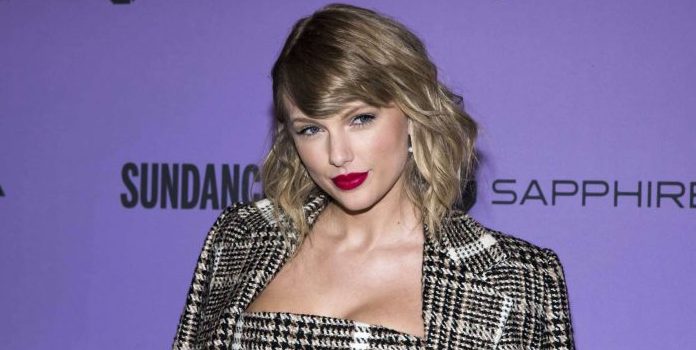(By Jon Miltimore, FEE) CNN reported recently that we may have new culprits for inflation: Beyonce and Taylor Swift.
“Taylor Swift and Beyonce are impacting inflation and the GDP with their respective tours,” CNN tweeted with a segment discussing the macroeconomic impact of the tours of the two celebrities.
Taylor Swift and Beyonce are impacting inflation and the GDP with their respective tours. pic.twitter.com/Lc8G7SNzK7
— CNN (@CNN) August 9, 2023
CNN isn’t alone. CNBC made a similar claim in a report on “tourflation” in July, which explored the surge in prices localities experience when Beyonce and Swift come to town.
“It’s not just that the tickets become more expensive,” Klaus Baader, global chief economist at Societe Generale, told CNBC. “It’s also that your beer or cider or your Coca-Cola or your hot dog at the venue has also gotten a lot more expensive.”
Baader is right that prices of goods and services at events go up a lot, which is why it’s not a surprise that massive tours such as Eras can rack up billions of dollars in gross domestic product. Fans spend lots of money at big events — whether it’s a Beyonce concert, a Yankees game, or a NASCAR race — where they buy expensive food, drinks and souvenirs.
This economic impact goes beyond the stadium. It was recently observed that hotel prices surge when Swifties descend on cities to attend concerts, much to the annoyance of some locals and other travelers.
But is this really evidence of inflation? In one sense, the question is tricky to answer because there’s more than one definition of inflation (more on that in a minute). But a closer examination reveals the answer is no regardless of the definition one chooses.
First, it’s important to understand that price changes are not in themselves evidence of inflation. Prices of goods and services are changing all the time because of changes in supply and demand.
For example, Ford recently slashed the price of its Lightning (an electric pickup truck) by $10,000. Ford didn’t do this because of any change in monetary policy, but because the market is experiencing a lower than anticipated demand for electric vehicles (and likely because Tesla recently rolled out a competitor to the Lightning).
Or consider gasoline. Prices are constantly changing, and usually these changes have little or nothing to do with inflation and much to do with supply and demand (of both gasoline and oil) — such as when Saudi Arabia recently announced it would cut oil production by 500,000 barrels a day.
The point is, higher prices don’t necessarily mean inflation. And the idea that “superstar tours” spur inflation is one on which the Economist recently poured cold water.
“Inflation is calculated by comparing the prices of a basket of goods, rather than measuring sudden price rises in one sector, such as hotels,” the magazine noted. “Concerts, theatre and cinema have a weight of less than 0.8% in the basket.”
And this brings me to how we define inflation. It was not until the 20th century that inflation was defined as “a general and sustained increase in prices,” which is the definition the Economist is using.
For centuries, there was a simpler definition: an increase in the money supply.
“Inflation is an increase in the quantity of money and credit. Its chief consequence is soaring prices,” Henry Hazlitt explained in Economics in One Lesson. “Therefore inflation — if we misuse the term to mean the rising prices themselves — is caused solely by printing more money.”
Did you catch that? Inflation, according to the long-standing definition, was an expansion of the money supply. The result of inflation was higher prices.
Many economists prefer this definition of inflation today because it’s a reminder that price inflation isn’t an accident.
“Inflation is a policy,” the Austrian economist Ludwig von Mises explained, “a deliberate policy of people who resort to inflation because they consider it to be a lesser evil than unemployment.”
One can, of course, see why so many politicians and policymakers don’t like how Hazlitt and Mises defined inflation and why they favor the newer definition. It makes it easier to blame “corporate greed” and Taylor Swift for inflation when it is defined as “a general and sustained increase in prices.”
In reality, basic economics makes it clear that the $6.5 trillion the Federal Reserve printed over 24 months is the real inflation culprit.
But who wants to take the blame for that?

